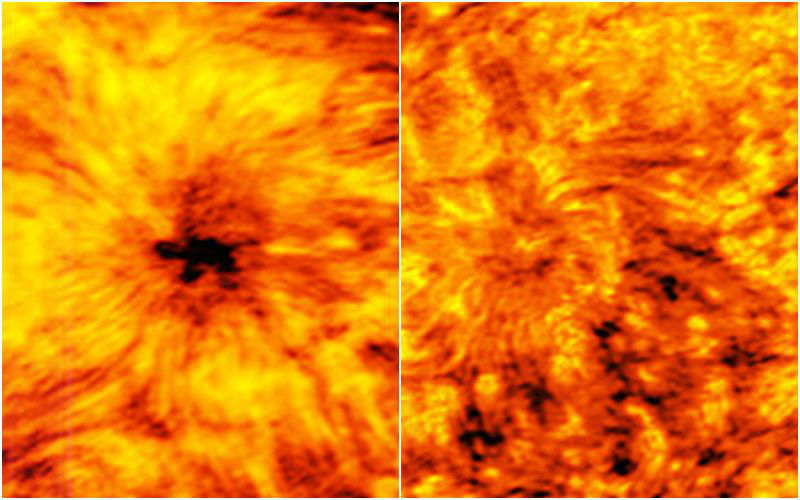
Planetary Nebula? Researchers unveil shocking truth on how our Sun will die
Every imagined how the ultimate source of energy on Earth — Sun, will meet its end? An international group of astronomers has claimed to have figured out when the sun would die and what would eventually happen to it. As per the experts, the sun would end up in flames of glory called a “planetary nebula.”
As revealed by the study, when the sun would finish burning its last hydrogen it would become a big red mass and would increase up to about 250 times to that of its present size. This certainly would destroy the Earth, which may have become uninhabitable by that time. The experts say that this process would leave behind it a spectral burning band of interstellar dust and gas.
Near about ninety percent of all the stars end up as planetary nebulae becoming red giants. But it was previously thought that the sun was too small and did not have the required amount of mass to build one. But as per the new research, the sun is just big enough to exhibit this activity.
The researchers developed an all-new data model in order to reach up to these findings. The model forecasts the life process of the stars having different masses. It even foresees the shine of the vast envelope of substance, which the stars throw out when their life ends. This vast envelope remarkably can consist up to almost half of the mass of the star.
As revealed, these huge envelopes have the capability of shining radiantly for near about 10,000 years and are visible ahead of even some “tens of millions of light years.” It is basically the left behind stellar core’s energy, which lets this take place as its emitted ultraviolet radiation ionizes the expelled material.
“When a star dies it ejects a mass of gas and dust—known as its envelope—into space. The envelope can be as much as half the star’s mass. This reveals the star’s core, which by this point in the star’s life is running out of fuel, eventually turning off and before finally dying,” said Professor Albert Zijlstra from the University of Manchester.
Prof. Albert Zijlstra at the University of Manchester, who was among the international group of researchers, said that when the stars die they expel a huge mass of dust and gas into space, which is called its envelope. The Professor continued to say that the envelope could measure near about half of the mass of the original star. Further, he said that this unveils the core of the star, which at this scenario in the life of the star is gradually getting exhausted before dying off finally. Zijlstra further told that it’s only then that the blazing core gets the expelled envelope to shine brilliantly for about ten thousand years. Zijlstra added that this is the reason behind the visibility of “the planetary nebula” and some of them are so brilliant that they could be witnessed from huge distances.
“We found that stars with mass less than 1.1 times the mass of the sun produce fainter nebula, and stars more massive than 3 solar masses brighter nebulae, but for the rest the predicted brightness is very close to what had been observed. Problem solved, after 25 years!,” said Professor Zijlstra.
Previous studies have revealed that our sun will explode before death. Stars are enormous masses of hydrogen, and when they burn through their resources, they contract and become remarkably hot. The outer layer of the star then extends when it comes in contact with the burning central core, describing why stars grow as they age into red giants. The expansion process continues resulting in it becoming hundreds of time its original size, but with a thinner density.
When the ageing process kicks in, the ‘convection cells’ on the surface of a star are changed. These are necessarily stores of liquid held in place by the movement of heat. By definition of convection, as the hot fluid moves towards the centre of each spot, cooling fluid moves down from the edges, thus suspending the liquid in bubbles on the surface.
With the sun emitting its outer layers over tens of thousands of years, creating a nebula, the liquid on Earth, especially in the form of oceans will boil, sealing the atmosphere with nitrogen and carbon dioxide. As a consequence, life on Earth will cease to exist even before the solar explosion destroys the entire solar system.


